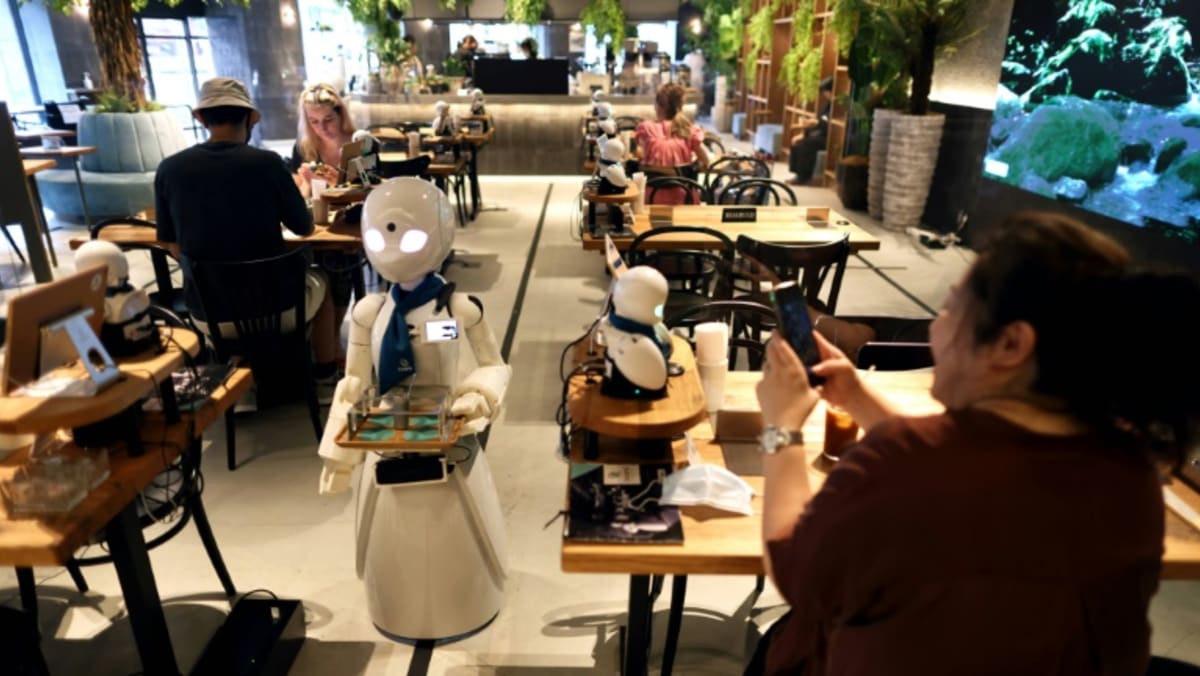Commentary: Robots need to move faster to save the world
Techno-pessimists still sound the alarm, saying the spectre of robots stealing jobs and undercutting wages will resurface as the pandemic fades and job-quitters return to work, which they may … or may not. Either way, underlying demographic trends foretell continuing shortages.
Among the hardest hit nations are China, Japan, Germany and South Korea – all are expected to see the working age population drop by at least 400,000 a year through to 2030.
Not coincidentally, these countries already host high concentrations of robots, and are rolling out more. Japan’s manufacturers deploy nearly 400 robots per 10,000 workers, up from 300 just four years ago.
China, in its top-down way, is heavily subsidising robot makers, aiming to boost their output by 20 per cent a year through 2030. Even at that pace, Bernstein analysts predict, robots cannot fill all the holes in the labour force, which China expects will shrink by 35 million workers in the next three years.
ROBOTS KILL SOME PROFESSIONS BUT CREATE OTHERS
Governments can respond to labour shortages in other ways – by paying bonuses to parents to have more children, encouraging women to enter or return to work, welcoming immigrants or raising the retirement age. But all these steps trigger human resistance, particularly in an angrily populist era.
Robots provoke a different reaction, a vague fear of machines and artificial intelligence that takes form mainly in books, rarely in protest against stealing jobs. Meanwhile, robots arrive quietly at the loading dock, unchallenged.
For all the latest business News Click Here

